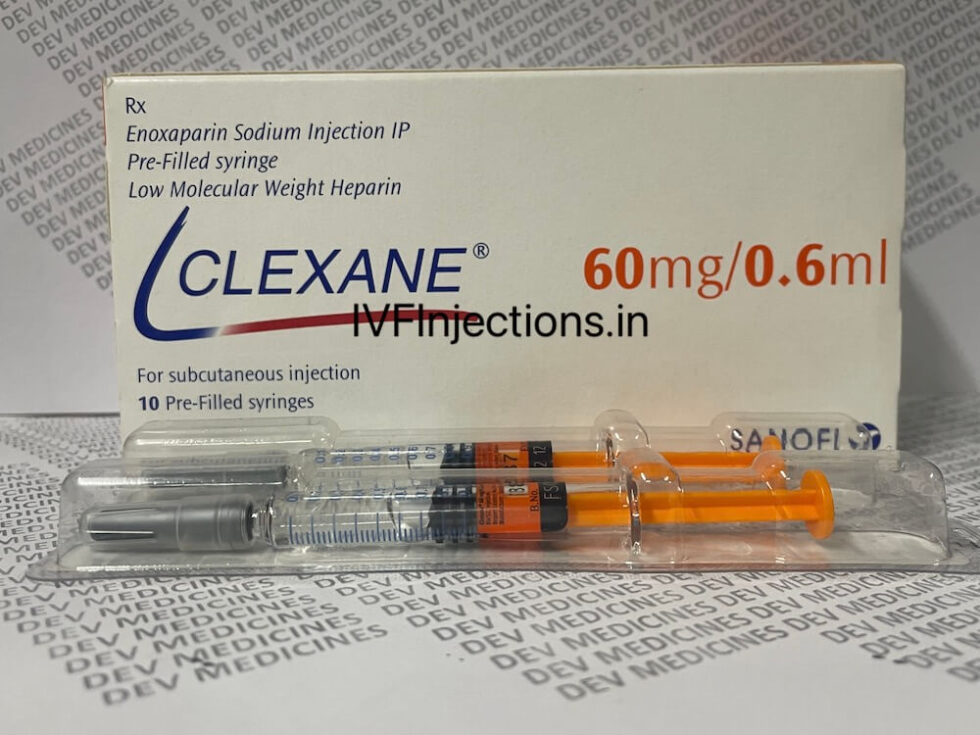Clexane 60 Mg Injection: Comprehensive Guide to Usage, Benefits, and Precautions
Uses of Clexane 60 Mg Injection
Clexane 60 mg Injection is primarily used for:
Preventing Deep Vein Thrombosis (DVT): DVT is a condition where blood clots form in the deep veins, typically in the legs. Clexane is often prescribed post-surgery or during prolonged bed rest to prevent the formation of these clots.
Treating Pulmonary Embolism (PE): PE occurs when a blood clot travels to the lungs, causing a blockage. Clexane helps to dissolve these clots and prevent new ones from forming.
Preventing Blood Clots in Cancer Patients: Cancer and its treatments can increase the risk of blood clots. Clexane is used to mitigate this risk.
Managing Acute Coronary Syndromes (ACS): For individuals with unstable angina or non-ST-segment elevation myocardial infarction (NSTEMI), Clexane can help prevent further clotting and complications.
Preventing Blood Clots in Dialysis Patients: Patients undergoing hemodialysis are at risk for clotting within the dialysis circuit, and Clexane helps to prevent this.
Benefits of Clexane 60 Mg Injection
The benefits of using Clexane 60 mg Injection are significant:
Effective Anticoagulation: Clexane provides a reliable method of preventing blood clots, reducing the risk of potentially life-threatening conditions such as DVT and PE.
Convenient Administration: Unlike some anticoagulants that require frequent blood tests and dose adjustments, Clexane is administered subcutaneously, typically once or twice daily, with doses based on weight and medical condition.
Proven Safety Profile: Clexane has been extensively studied and has a well-established safety profile. It is generally well-tolerated when used as directed.
How to Administer Clexane 60 Mg Injection
Clexane 60 mg Injection is administered subcutaneously, meaning it is injected just under the skin. Here are the steps for proper administration:
Prepare the Injection Site: Choose a clean, dry area on your abdomen, at least 5 cm away from your belly button or any scars. Alternate the injection site with each dose.
Clean the Area: Use an alcohol swab to clean the injection site to prevent infection.
Prepare the Syringe: Remove the syringe cap, and hold it like a pencil.
Pinch the Skin: Gently pinch the skin at the injection site to create a fold.
Inject the Medication: Insert the needle at a 90-degree angle into the fold of the skin. Slowly push the plunger to administer the medication.
Remove the Needle: Once the medication is fully injected, remove the needle and dispose of it in a sharps container.
Precautions and Side Effects
While Clexane 60 mg Injection is generally safe, there are precautions and potential side effects to be aware of:
Bleeding Risks: As an anticoagulant, Endofert H 2 Mg Clexane increases the risk of bleeding. Monitor for unusual bruising, blood in urine or stools, or prolonged bleeding from cuts.
Allergic Reactions: Some individuals may experience allergic reactions, including rash, itching, or swelling. Seek medical attention if these occur.
Medical History Considerations: Inform your doctor of any history of bleeding disorders, recent surgeries, or kidney problems.
Drug Interactions: Clexane can interact with other medications, including other anticoagulants, NSAIDs, and antiplatelet drugs. Ensure your doctor is aware of all medications you are taking.

